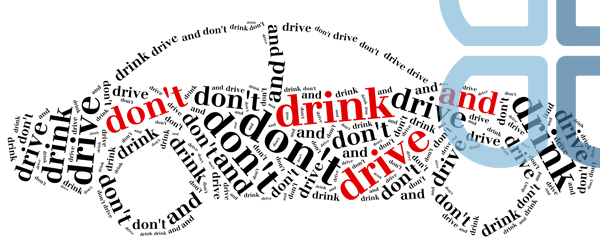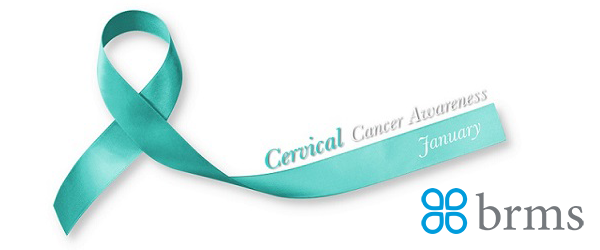

December is Drunk Driving Awareness Month! The National Highway Traffic Safety Administration promotes a “Holiday Season Drunk Driving Awareness Campaign.” December holidays are known for being merry and bright, but they are also known for being the deadliest season when it comes to drunk driving.
Did you know that every day, almost 29 people in the United States die in alcohol-impaired vehicle crashes—that’s one person every 50 minutes in 2016. Drunk-driving fatalities have fallen by a third in the last three decades; however, drunk-driving crashes claim more than 10,000 lives per year. In 2010, the most recent year for which cost data is available, these deaths and damages contributed to a cost of $44B per year.
How alcohol affects driving ability
Alcohol is a substance that reduces the function of the brain, impairing thinking, reasoning and muscle coordination. All these abilities are essential to operating a vehicle safely.
As alcohol levels rise in a person’s system, the negative effects on the central nervous system increase, too. Alcohol is absorbed directly through the walls of the stomach and small intestine. Then it passes into the bloodstream where it accumulates until it is metabolized by the liver. Alcohol level is measured by the weight of the alcohol in a certain volume of blood. This is called Blood Alcohol Concentration, or BAC. At a BAC of .08 grams of alcohol per deciliter of blood (g/dL), crash risk increases exponentially. Because of this risk, it’s illegal in all 50 States, the District of Columbia and Puerto Rico to drive with a BAC of .08 or higher. However, even a small amount of alcohol can affect driving ability. In 2016, there were 2,017 people killed in alcohol-related crashes where drivers had lower alcohol levels (BACs of .01 to .07 g/dL).
BAC is measured with a breathalyzer, a device that measures the amount of alcohol in a driver’s breath, or by a blood test.
The Effects of Blood Alcohol Concentration
| BLOOD ALCOHOL CONCENTRATION (BAC) IN G/DL | TYPICAL EFFECTS | PREDICTABLE EFFECTS ON DRIVING |
|---|---|---|
| .02 | Some loss of judgment; relaxation, slight body warmth, altered mood | Decline in visual functions (rapid tracking of a moving target), decline in ability to perform two tasks at the same time (divided attention) |
| .05 | Exaggerated behavior, may have loss of small-muscle control (e.g., focusing your eyes), impaired judgment, usually good feeling, lowered alertness, release of inhibition | Reduced coordination, reduced ability to track moving objects, difficulty steering, reduced response to emergency driving situations |
| .08 | Muscle coordination becomes poor (e.g., balance, speech, vision, reaction time, and hearing), harder to detect danger; judgment, self-control, reasoning, and memory are impaired | Concentration, short-term memory loss, speed control, reduced information processing capability (e.g., signal detection, visual search), impaired perception |
| .10 | Clear deterioration of reaction time and control, slurred speech, poor coordination, and slowed thinking | Reduced ability to maintain lane position and brake appropriately |
| .15 | Far less muscle control than normal, vomiting may occur (unless this level is reached slowly or a person has developed a tolerance for alcohol), major loss of balance | Substantial impairment in vehicle control, attention to driving task, and in necessary visual and auditory information processing |
DRIVING AFTER DRINKING
Driving after drinking is deadly. Yet it still continues to happen across the United States. If you drive while impaired, you could get arrested, or worse—be involved in a traffic crash that causes serious injury or death.
Approximately one-third of all traffic crash fatalities in the United States involve drunk drivers (with blood alcohol concentrations [BACs] of .08 of higher). In 2016, there were 10,497 people killed in these preventable crashes. In fact, on average over the 10-year period from 2006-2016, more than 10,000 people died every year in drunk driving crashes.
In every State, it’s illegal to drive with a BAC of .08 or higher, yet one person was killed in a drunk driving crash every 50 minutes in the United States in 2016.
Men are more likely than women to be driving drunk in fatal crashes. In 2016, 21 percent of males were drunk in these crashes, compared to 14 percent for females.
Take steps to prevent drunk driving:
- If you will be drinking, plan on not driving. Plan your safe ride home before you start the party. Designate a sober driver ahead of time.
- If you drink, do not drive for any reason. Call a taxi, phone a sober friend or family member, use public transportation, etc. Download NHTSA’s SaferRide mobile app which helps you identify your location and call a taxi or friend to pick you up.
- If someone you know has been drinking, do not let that person get behind the wheel. Take their keys and help them arrange a sober ride home.
- If you see an impaired driver on the road, contact local law enforcement. Your actions could help save someone’s life.
This has led to the dedication of the entire month of December to bring awareness of Drunk Driving issue in pursuit of preventing future drunk driving accidents. By being observant and having a plan before you drink, you’ll have a night to remember rather than a night you can’t forget.



